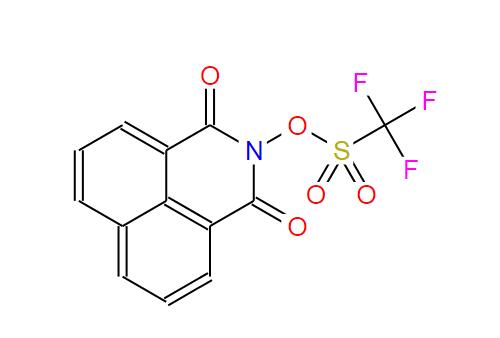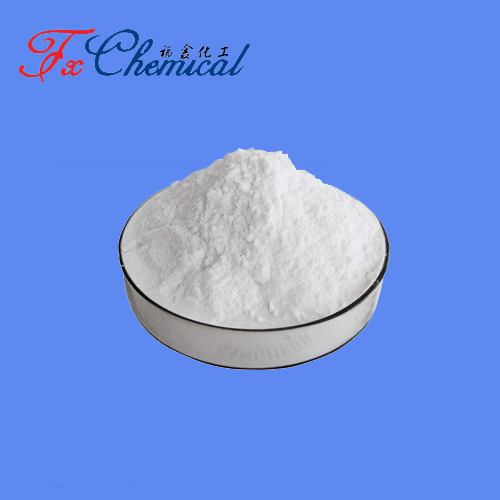
Search

Search

In the food industry, ester gum is a widely used material, especially in chewing gum, bubble gum, beverages, and other foods, playing a crucial role. However, many people might not be aware of its characteristics, uses, and importance in food. This article will take you through an in-depth understanding of ester gum in food and its key role in food processing.
Ester gum in food usually refers to glycerol ester of rosin. Glycerol ester of rosin is a substance made from rosin and glycerol through an esterification reaction, presenting as a light yellow transparent solid, where the lighter the color, the higher the quality. The main characteristics of ester gum include a relative density of 1.095, a softening point greater than 80℃, and a refractive index of 1.545. Additionally, ester gum has good solubility, able to dissolve in aromatic and aliphatic hydrocarbon solvents but not in water and low molecular weight alcohols. Because of these characteristics, ester gum in food is widely used in adhesive coatings and the food industry.
Ester gum in food not only has significant advantages in physical properties but also has a low acid value, strong viscosity, and good compatibility with polymer materials, making it excellent in adhesives and food additives. In products like chewing gum and bubble gum, using ester gum can give these products better chewiness, plasticity, and enhance their taste and durability.
Ester gum in food, especially food-grade glycerol ester of rosin, has become an important additive in food processing due to its excellent emulsifying and tackifying properties. In bubble gum and chewing gum, ester gum not only serves as a base agent but also improves the product's bubble-forming ability, chewability, and taste. This type of ester gum can effectively increase the softness of bubble gum and maintain its elasticity after prolonged chewing, without hardening or losing its original taste.
Moreover, ester gum is also widely used in beverages, functioning as an emulsifier and stabilizer. Its role in beverages is not only to provide a better taste but also to maintain uniformity and stability, preventing stratification. Ester gum in food is also commonly used in coatings and packaging materials, providing excellent moisture resistance and freshness preservation for products.
Ester gum in food, especially food-grade glycerol ester of rosin, requires strict quality control during production. It must ensure that its hygiene indicators meet the requirements of the food industry. For example, the content of metal ions such as arsenic and lead in ester gum must be strictly controlled, ash content should be low, color should be light, and it should have a good taste with no off-flavors and high stability. The refining process before esterification and the post-process after esterification are crucial for producing high-quality food-grade glycerol ester of rosin.
To ensure the safety and quality of ester gum in food, food-grade natural glycerol is used as a raw material in the production process. After esterification reaction, it is vacuum-treated to form irregular transparent blocky, flaky, or granular solids. These solid ester gums can be applied in various applications in the food industry, from gum bases to emulsifying stabilizers, ester gum in food plays an irreplaceable role in providing a good taste and extending shelf life.
Through these stringent production controls and process improvements, ester gum in food not only possesses excellent physical properties but also ensures its safety and stability in foods, making it an important raw material in food processing.

Quick Links
Add:
E-mail:
 English
English  Español
Español  français
français  العربية
العربية ![5-[(2-Hydroxyethyl)amino]-o-cresol CAS 55302-96-0 5-[(2-Hydroxyethyl)amino]-o-cresol CAS 55302-96-0](/uploads/image/20220225/17/pigment-dyestuff_1645780152.jpg)


